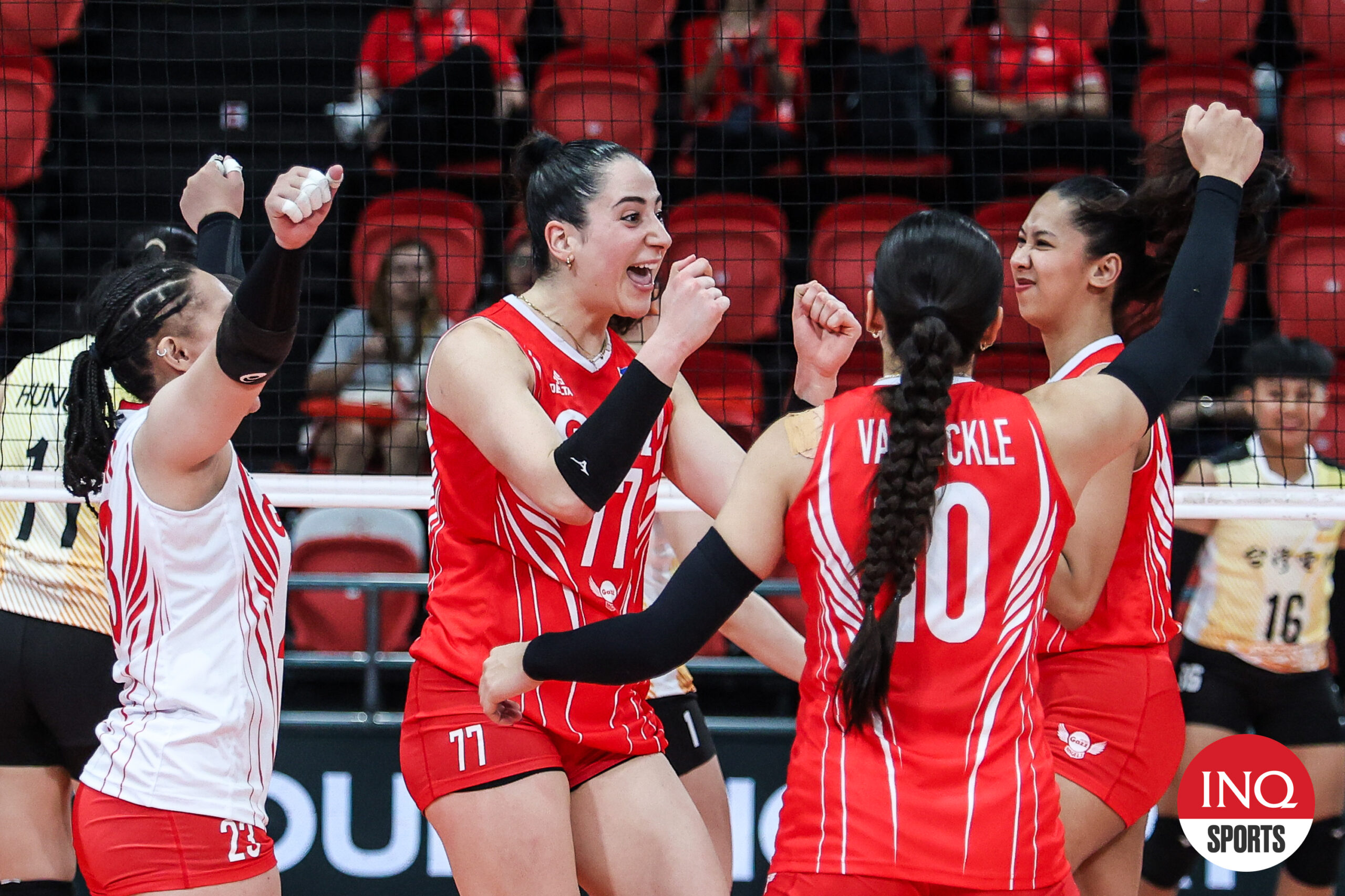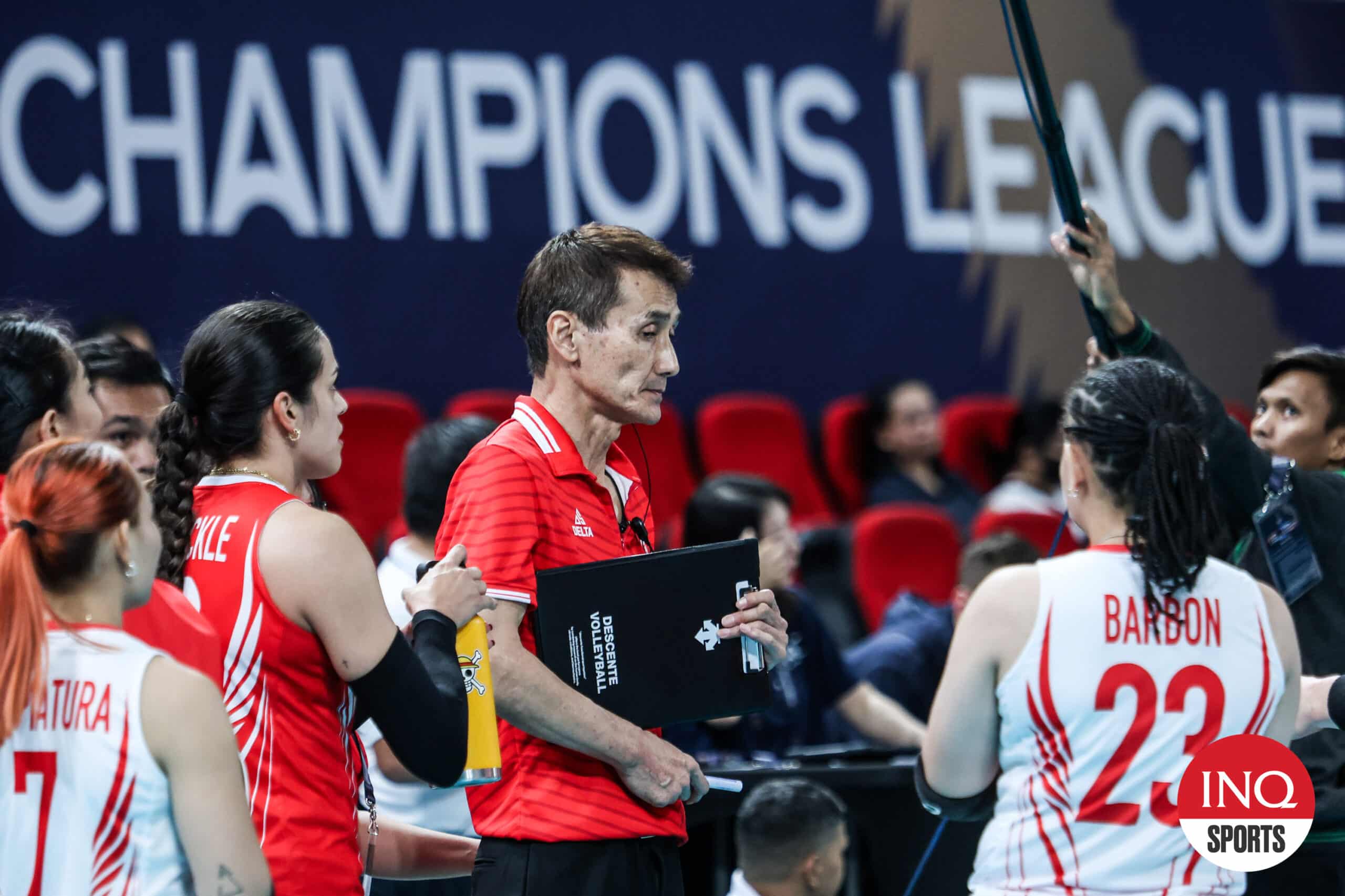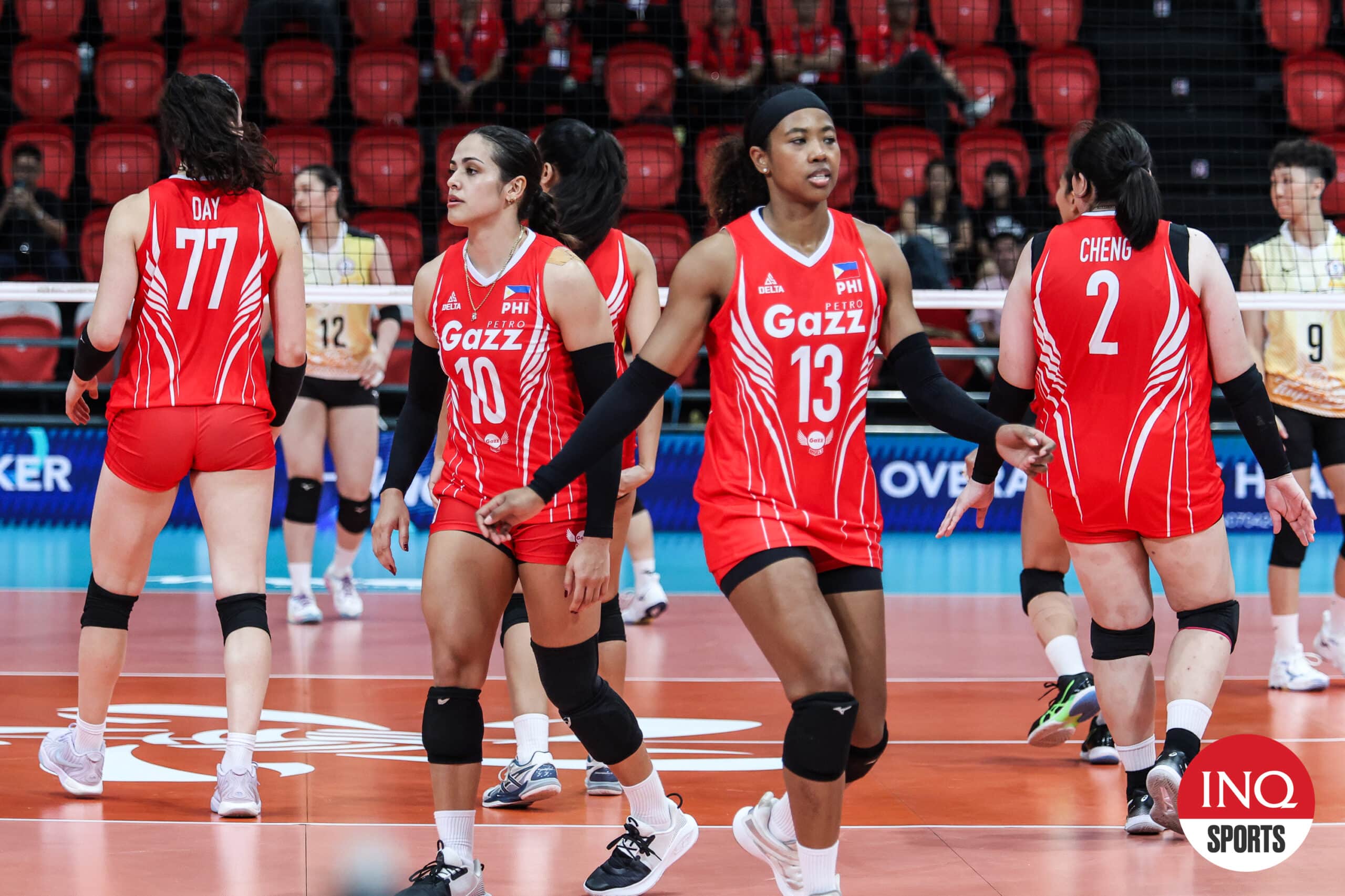La Niña slipped away as quietly as it arrived . Experts published news of the pattern’s demise on Thursday as water temperatures in a key region of the Pacific Ocean returned near normal. It’s unlikely that we’ll see either La Niña or El Niño in the months ahead, with a neutral pattern dominating the region heading into the summer season.
DON'T MISS: Get to know the hidden gems across Canada La Niña is gone as fast as it arrived La Niña is part of the El Niño-Southern Oscillation (ENSO), an overall pattern of air pressure changes and wind shifts that alters sea surface temperatures across the equatorial Pacific Ocean. ENSO affects changes in the atmosphere that have ripple effects around the world. This pattern unfolds when water temperatures around a portion of the equator in the Pacific Ocean run about 0.

5°C or more below-seasonal for several consecutive months. (El Niño is La Niña’s warm-water opposite.) MUST SEE: Experts predict an above-average 2025 Atlantic hurricane season Forecasters with the U.
S. Climate Prediction Center (CPC) announced La Niña’s arrival in January after many months of the pattern teasing its impending arrival . It was a weak, marginal event that largely struggled to exert a strong influence over global weather conditions.
La Niña ended in March, the CPC said in its monthly update on Thursday, thrusting us into a neutral pattern during which water temperatures hover near seasonal. It’s likely that La Niña’s influence will linger in the atmosphere over the weeks to come before waning as we head into the summer season. We’ll have better-than-even odds of ENSO-Neutral sticking around through the summer, with an uncertain chance that La Niña may try to return by this fall.
Neutral conditions could portend more hurricanes The temperature anomalies we see during ENSO-Neutral periods usually aren’t great enough in either direction to significantly affect global weather patterns. RELATED: What happens when El Niño and La Niña disappear? ENSO slipping into neutral removes a key driver of global conditions that can offer meteorologists a hint about an upcoming season’s overall patterns. Here in Canada, we’ll have to rely on smaller-scale patterns and features this summer.
The lack of La Niña or El Niño can influence the Atlantic hurricane season. Neutral conditions in the Pacific lessen the destructive wind shear blowing next door over the Atlantic Ocean, removing a critical obstacle that often stifles tropical cyclone activity. This is a major factor behind predictions of an above-average Atlantic hurricane season this year.
WATCH: First look into the 2025 Atlantic Hurricane season Click here to view the video.
Sports

La Niña is over. What’s next?

We’ll be cruising in neutral mode heading into the summer months















